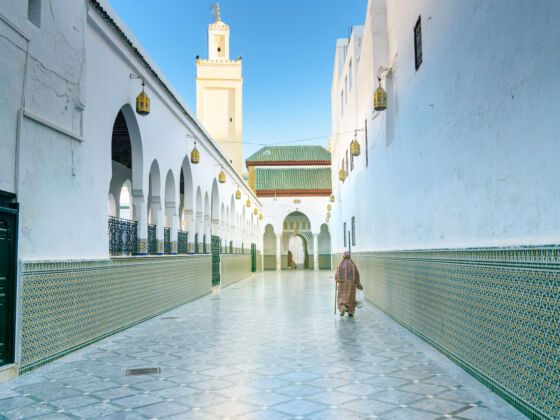Mirleft
While the plush tour buses pull in to ex-hippie-hangout Essauoira, the rattling, once-an-hour public bus takes you down the Atlantic coast to tiny Mirleft. Less than an hour from Tiznit, Mirleft is set in the pebbly red earth just off the coast and has five undeveloped beaches within walking distance.
There’s one bank, one internet café, and not a whole lot to do other than relax.
While wealthy Marrakeshis vacation in beachside landscaped homes, travelers, artists, and everyone else hang around the town’s dirt-road center — when they’re not out sunbathing.
Hotel Atlas is the best bet for backpackers, while touts will offer you plenty of private house rentals.
There are lots of other beaches around Mirleft. Legzira Plage is only a 20-minute bus ride down the road to Sidi Ifni. Females traveling solo especially will appreciate the opportunity to wave-hop and walk amid the sandstone arches in peace.
To reach Mirleft from Tiznit, take either a grand taxi from the medina or a local bus from the main bus station.



